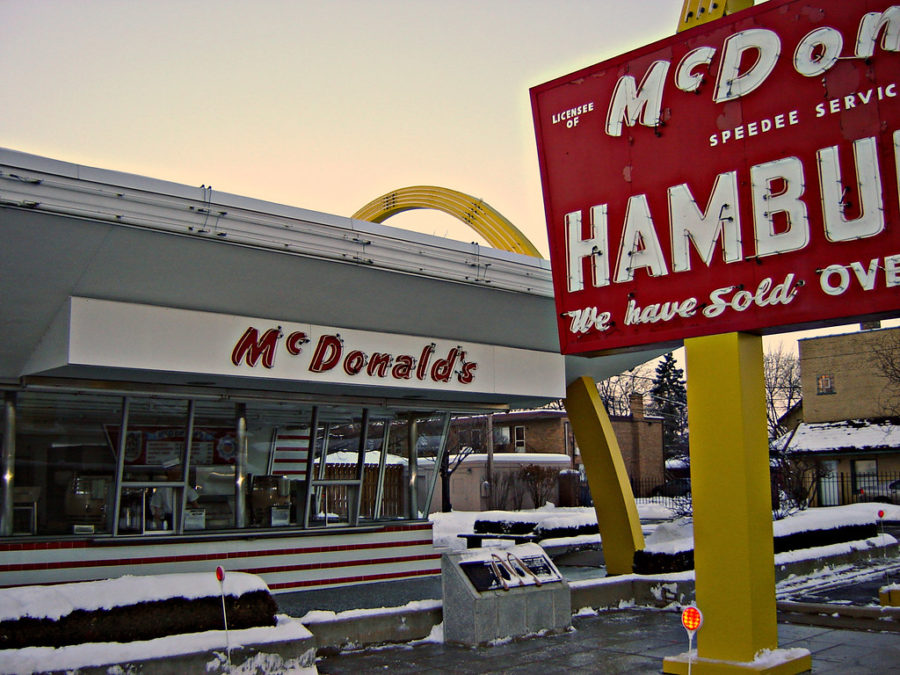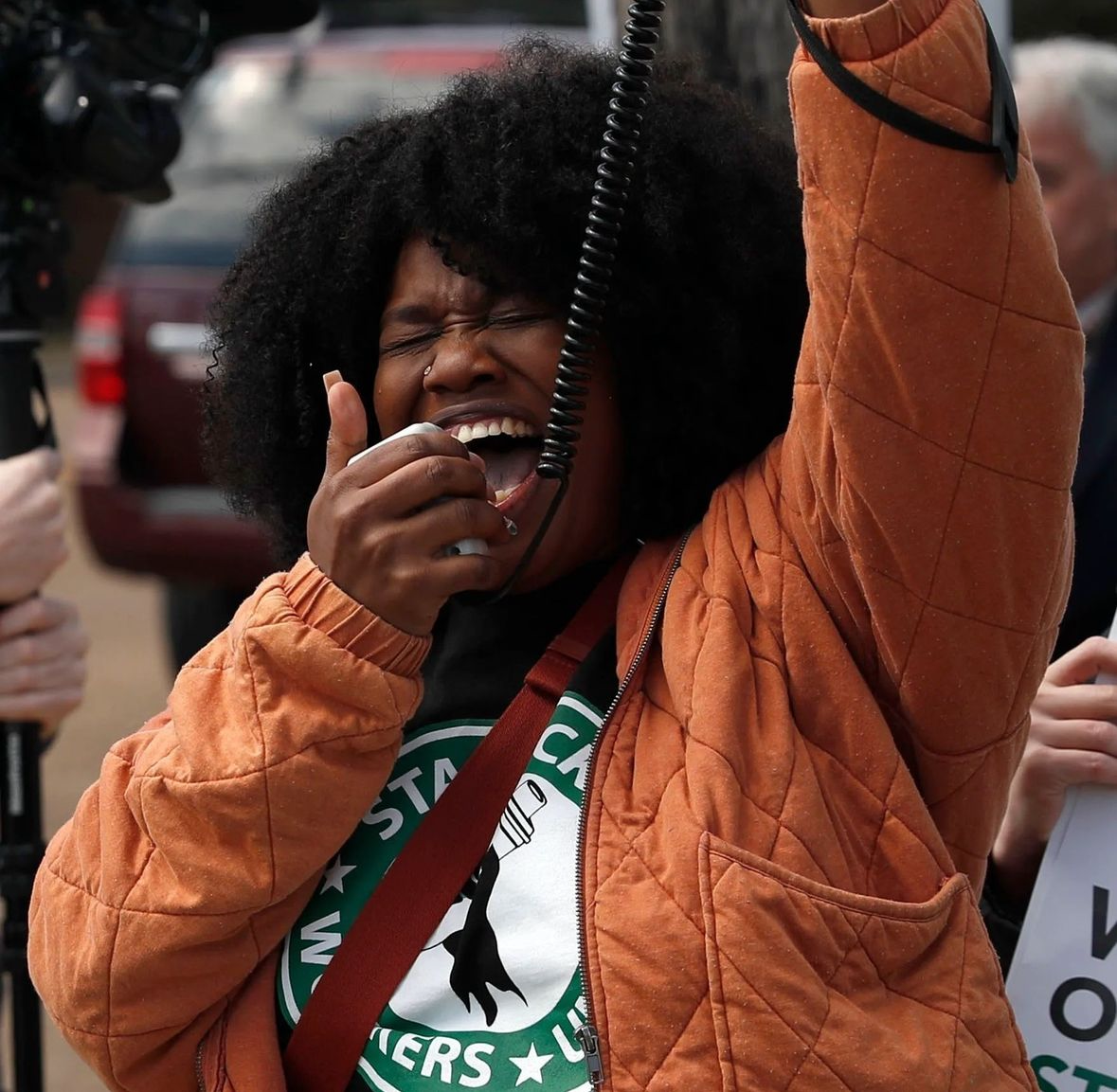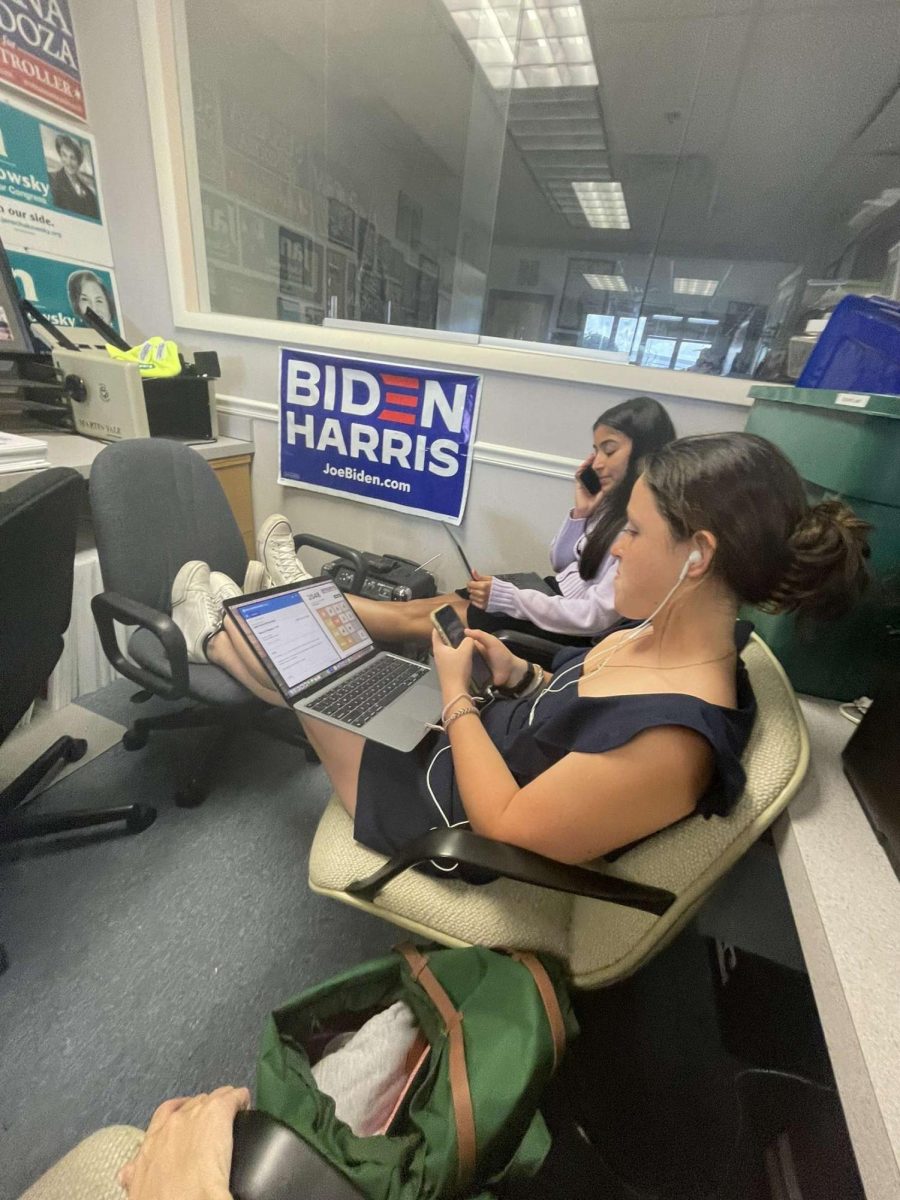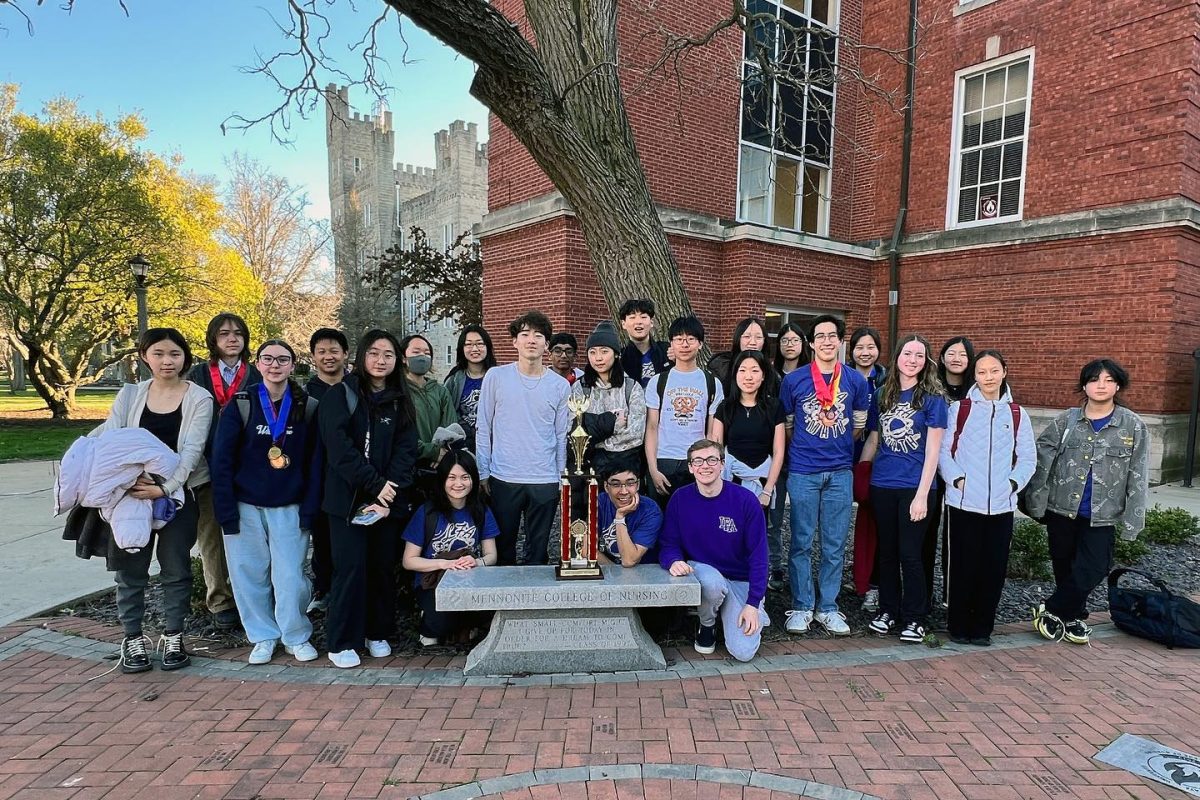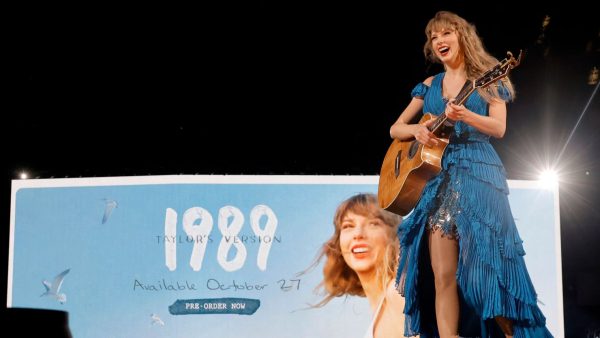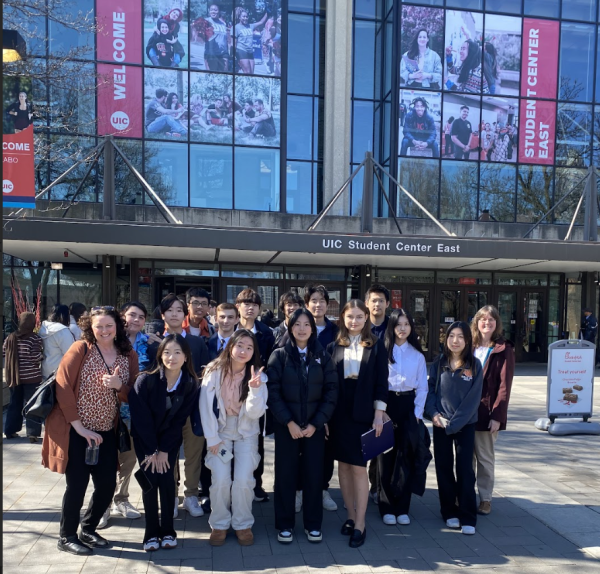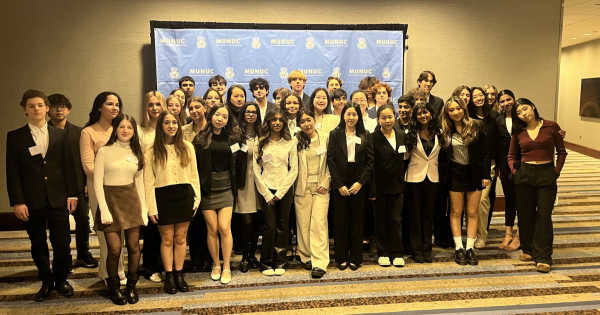$7 Athletic Meal Budget
November 10, 2022
A study from Business Insider shows that the typical customer spends about $8 per trip to McDonald’s, one of the least expensive stops LFA athletes take on the way back from games. LFA’s $7 meal budget is slowly decreasing as inflation continues to rise, making our meals more expensive. The result –students who don’t spend extra money cannot get a healthy meal after games. Mazin Awada ‘23, one of LFA’s athletes, said, “Most of the time we go out to eat, I need to either pay extra for food or settle for less.”
Male athletes need about 1,000 calories per meal, and female athletes need about 800. In Illinois, a big mac costs $4.55 and has about 550 calories. Add a side of small fries for $1.39 (230 cal), a drink for $1.00 (150 cal), and tax, and you’re already over your budget. Keep in mind this is the least expensive chain LFA athletes stop at. Prices rise significantly when the Caxy Van visits Portillos, Jimmy Johns, or Panda Express.
In 2018, the meal money rose from $5 per person to its current $7 per person. Is it time for it to rise again? A $1 raise per student would mean $7000 redistributed from other budgets to the meal budget. Athletic Director Darrin Madeley said that raising the meal money opens the “possibility of losing things like new backpacks, uniforms, and team gear.” In his research on other schools’ meal budgets, he found that LFA is the only school in the ISL that gives money to students for away games. Other schools, because they’re made up of only day students, give neither money nor snacks to students.
On the topic, LFA’s Chief Financial Officer Mike Reidy said, “The least we can do is feed you, so we want to do what’s fair. If $7 isn’t cutting it anymore -and that’s what we’re looking at right now- we have to raise it.” He humorously added, “We’re not going to not do something that’s the right thing to do for $7000 bucks,” highlighting that there are budgetary limits for the school that may need to be addressed. Unfortunately, while the consensus seems to be that everyone would love a higher meal budget, no one can make money appear out of thin air.
Most worry surrounding the meal budget has been focused on borders since day students can go home after games to eat. Many borders rely on the $7 for meals, and since it may not be spent in the restaurant due to cost, they are forced to use Uber eats later in the evening. In some cases, they may even be forced to Uber eats in the evening if a team doesn’t stop for food due to time.
While all students greatly appreciate the $7, it’s viewed as lacking its intended purpose, and with rising costs generally, it’s coming more prominently to light. It won’t be surprising if more attention is brought to this budgetary need as students continue to look at their $7 and consider whether to eat less or spend more. Regardless, going home frustrated.

